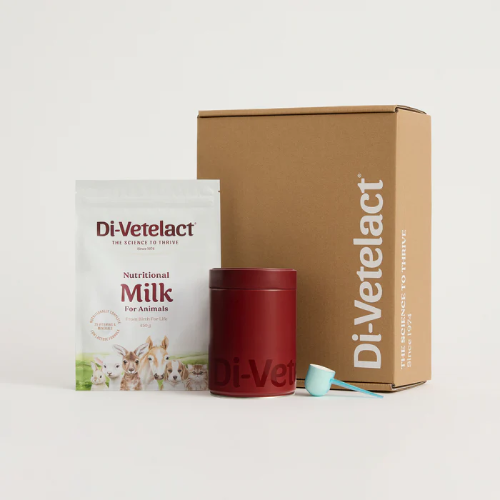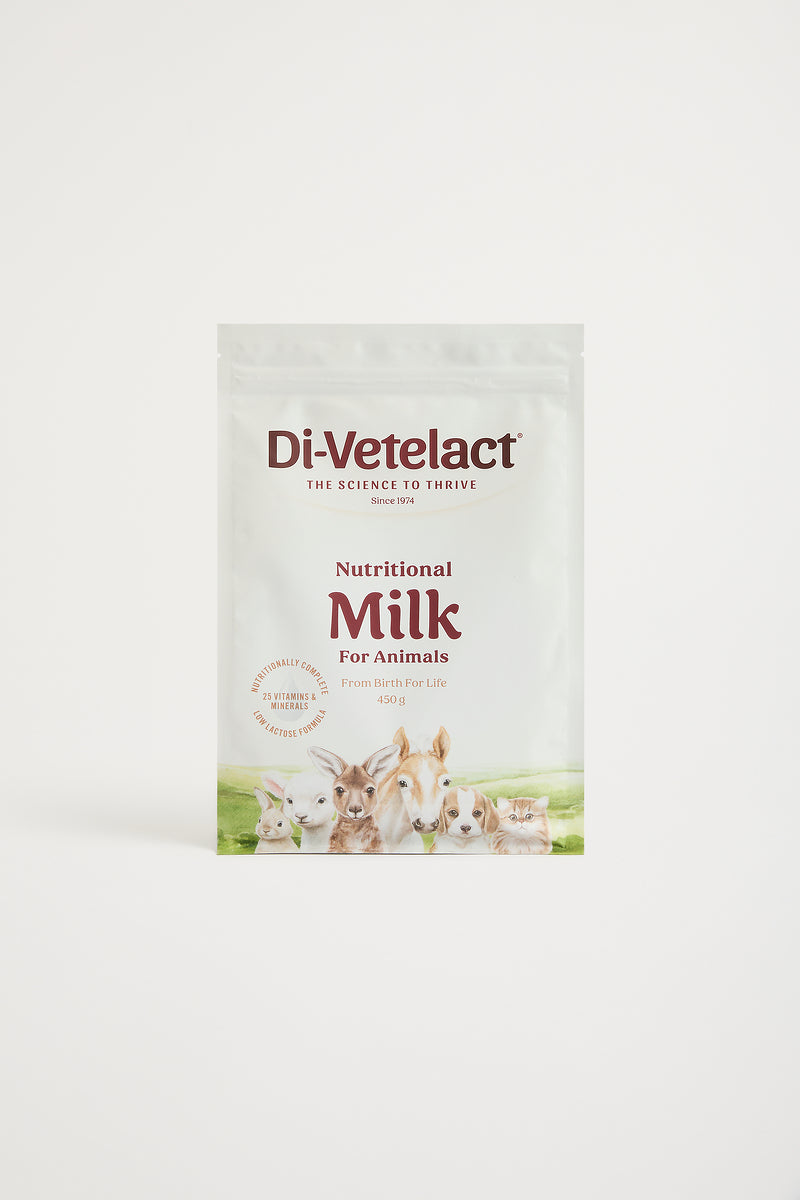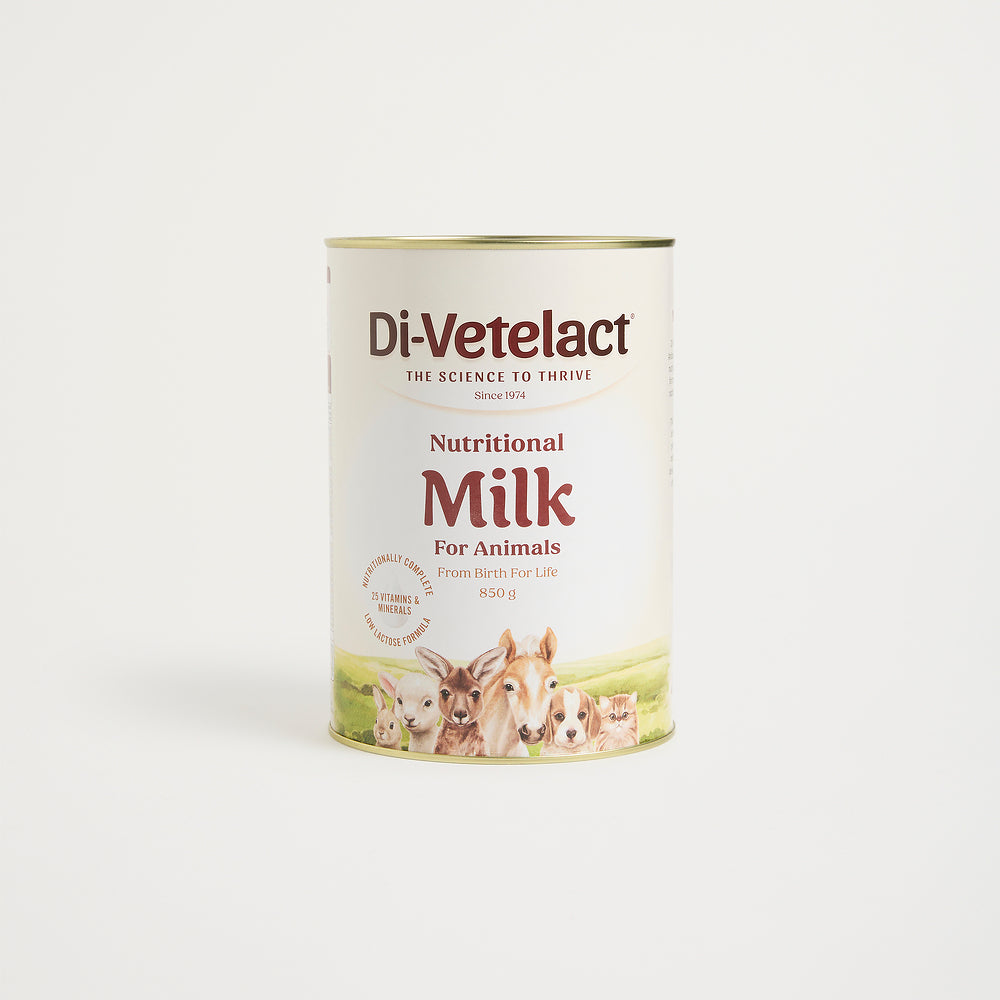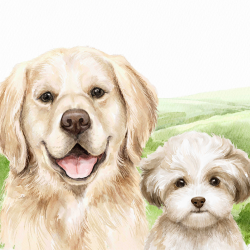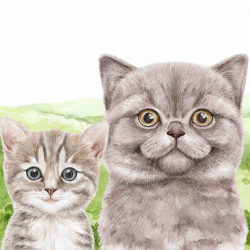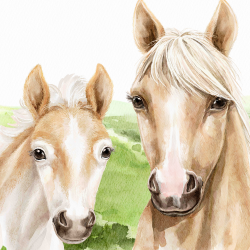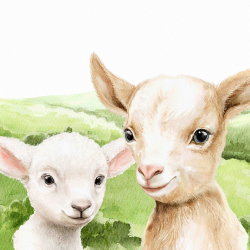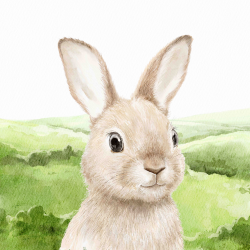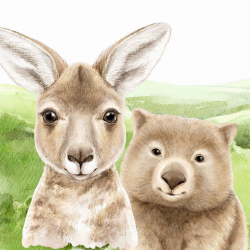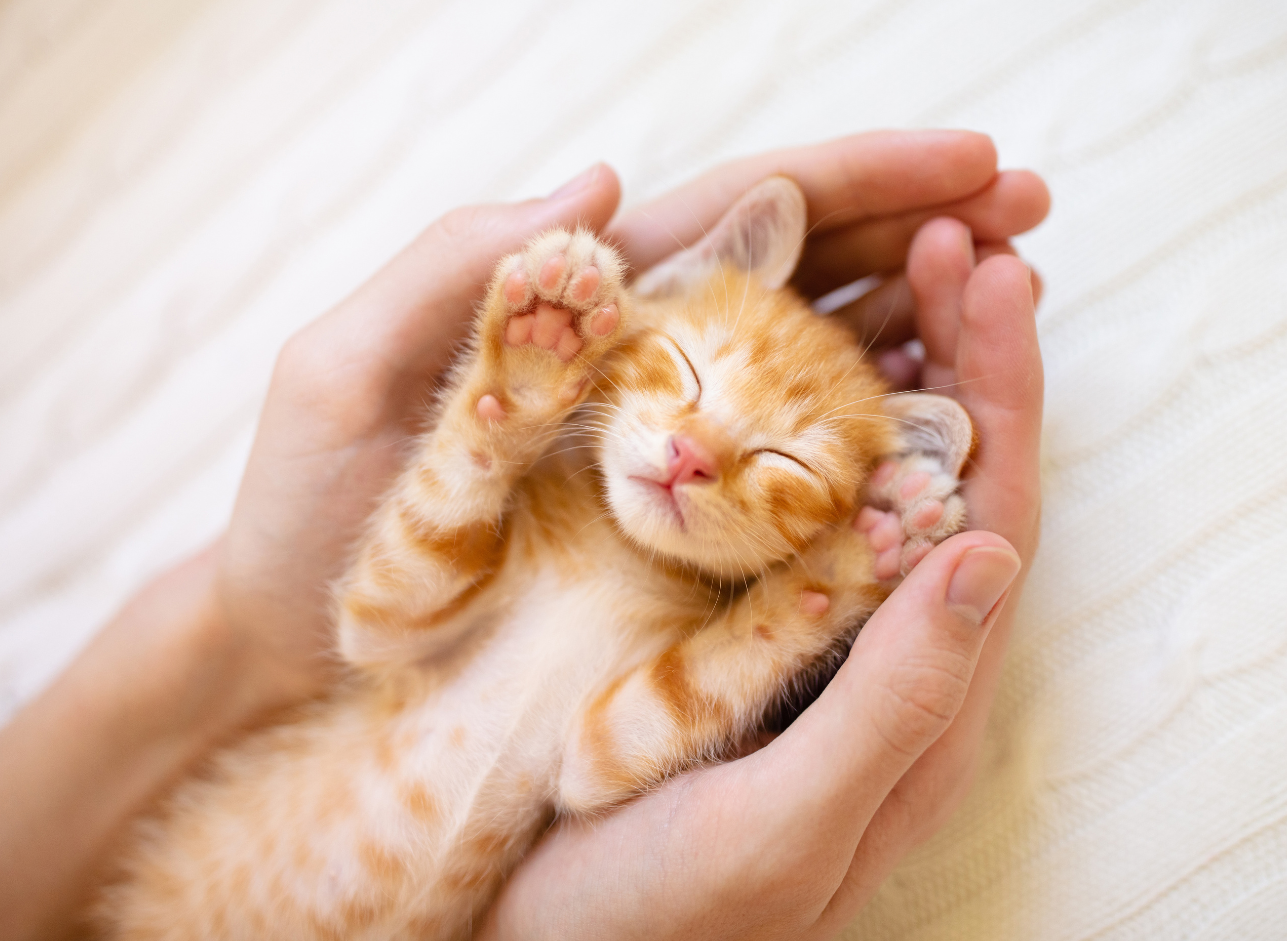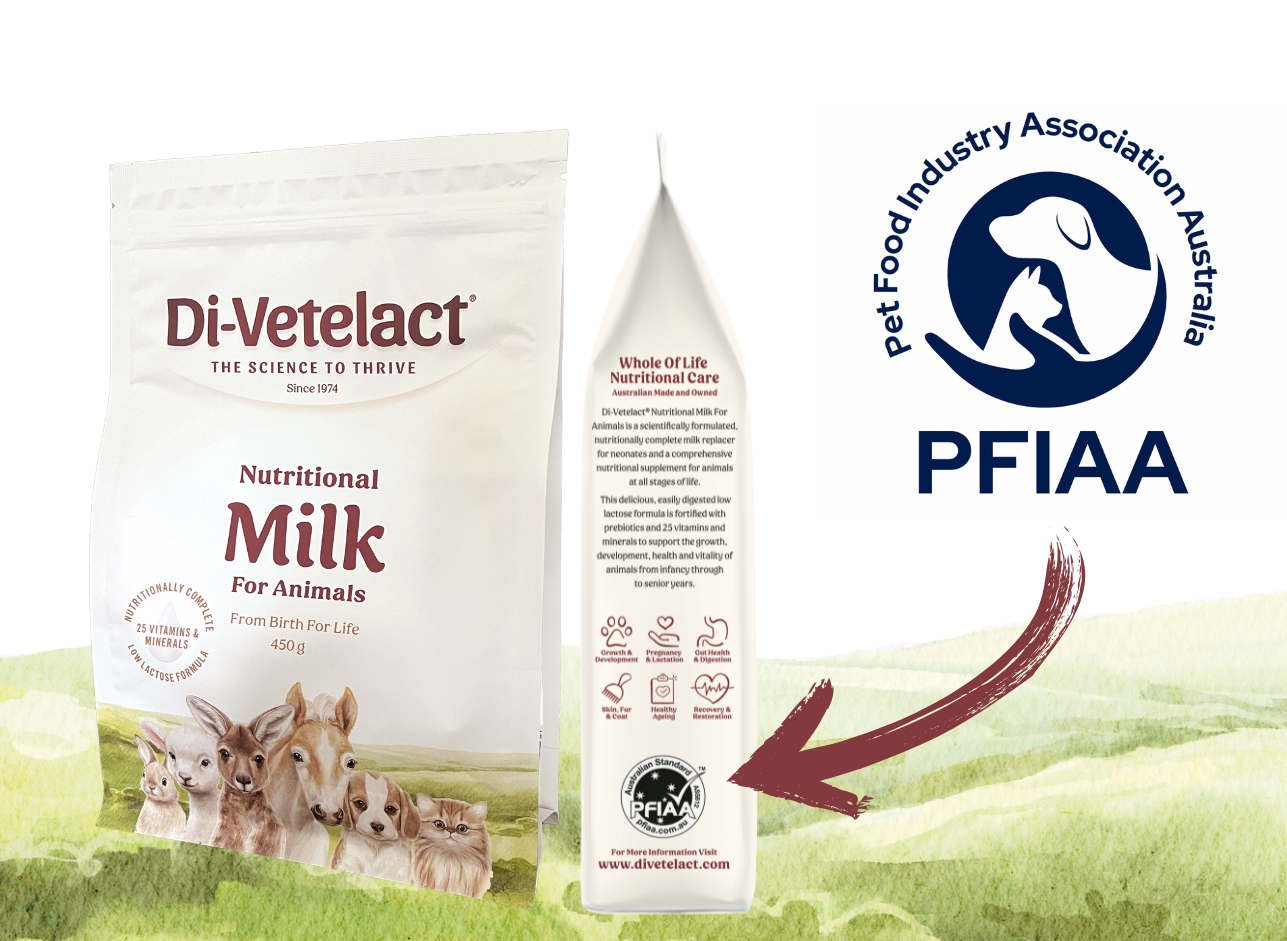Every puppy deserves the best start in life. Whether the dam is absent or simply unable to meet her litter’s needs, providing a safe and effective feeding alternative is essential for the growth and survival of the pup.
1. Understanding the Need for Assisted Feeding
Some puppies are unable to be nourished by their mother due to a range of circumstances, including orphaning, maternal rejection, insufficient milk production (agalactia), illness, or complications during or after birth. These vulnerable neonates require gentle, attentive care and reliable nutritional support to help them thrive during this critical stage of development.
Optimal care for orphaned puppies requires attention to many areas including provision of heat and humidity, nutrition, immunity, sanitation, security and social stimulation, as well as assistance with elimination.
Here, we’ll touch on a few of the critical factors and actionable steps to support the health and well-being of your infant puppy.
Key Factors for Optimal Puppy Health
To provide the best start in life, it helps to understand the factors influencing a puppy’s early health — whether under maternal care or hand-reared.
-
Maternal Nutrition
The nutritional status of the dam during gestation and lactation significantly impacts the health of her puppies. -
Maternal Behaviour and Physical Health
The behaviour and physical health of the dam can affect her ability to care for her puppies. Identifying signs of stress or illness early is crucial. -
Neonatal Care
Providing adequate warmth, nutrition, and hygiene ensures puppies thrive even in the absence of their mother.
Risk Factors for Orphaned Puppies
-
Low birth weight
Puppies born with a low birth weight face increased health challenges. -
Failure to receive colostrum
Puppies should ideally receive colostrum or dams’ milk within 12-16 hours of birth as a source of effective species specific antibodies -
Poor hygiene
Maintaining a clean pup and environment reduces the risk of infection -
Inadequate warmth
Hypothermia is a significant risk to orphaned puppies
2. Choosing the Right Nutrition
What do I Feed a Puppy?
The dam's milk is perfectly designed to meet 100% of the puppies’ nutritional needs. If the mother is not able to feed the puppy, and a foster dam is not available, the puppy will require hand rearing with a milk replacer that has a composition similar to dam milk.
Why Unmodified Cows Milk is Not Suitable
- Too high in lactose - which could contribute to diarrhoea
- Too low in protein - which will not support optimal growth
- Too low in iron – the iron content of cows milk is low and it’s poorly absorbed by the puppy, increasing the risk of anaemia and poor growth
Choosing the Right Milk Replacer for Your Puppy
- Look for a milk replacer such as Di-Vetelact that is certified by the PFIAA as nutritionally complete and balanced for puppies.
- Di-Vetelact is well tolerated by and suitable for puppies. This is because it is suitably low in lactose, high in protein and fortified with iron. It also contains prebiotics and is fortified with 25 vitamins and minerals to meet the needs of the rapidly growing orphaned puppy.
- Di-Vetelact can be used as a nutritionally complete milk replacer for an orphaned puppy, or as a supplemental milk for a puppy that may not be receiving adequate milk supply from the dam.
How Much Do I Feed My Puppy?
- Always refer to the product feeding guide available. Di-Vetelact offers detailed feeding volume and schedule on pack as well as online.
- Be careful not to overfeed - Overfeeding can cause vomiting, aspiration, bloating and diarrhoea.
Tip Feed milk replacer heated to 38 -40 degrees C. This should be warm to the touch, but not hot.
3. Feeding Techniques for Orphaned Puppies
Bottle Feeding
This is the preferred method for active puppies – it has the advantage that the pup will stop feeding when full which will help avoid over feeding. Small pet nursers can be purchased in most pet stores or your local vet.
The size of the hole in the nipple is crucial. When preparing to feed, check that the nipple opening only allows one drop at a time to fall from the nipple when the bottle is upside down. The bottle should require a light squeeze (simulating a puppy suckling) for milk to drip out. If you need to make the hole bigger, you can sterilise a needle (heat a needle with a lighter) and use it to enlarge the hole.
Once a pup is feeding, the formula should be sucked and never squeezed from the bottle. This is because a rapid flow rate may lead to aspiration of milk (where droplets of liquid enter the airways or the lungs). Aspiration can potentially cause pneumonia and/or death.
Puppies should normally be held horizontally with the head in a natural position. This position reduces the risk of aspiration.

Tube Feeding
This feeding method is an option if your puppy cannot consume enough milk replacer from a bottle. However, it requires proper equipment, training, and technique to avoid overfeeding or accidentally placing milk replacer into the puppy's lungs. (Consult your veterinarian for guidance on the correct technique).
4. Supporting Healthy Development
Helping Puppies Eliminate Waste
For the first two weeks of life, puppies are stimulated by their mother to encourage urination and defecation. In the absence of their mother, you will have to provide the stimulation. Massage your puppy's genital area with a moist cloth to stimulate bladder and bowel action. After two weeks, puppies should urinate and defecate on their own. Watch them carefully to make sure that happens.
Monitoring Growth and Weight Gain
Always keep a thorough record of birth weight for each puppy in your care to track healthy growth and development.
Weigh your puppy every 1-2 days for the first 4 weeks. The puppy shouldn’t lose weight or fail to gain weight for more than1 day.
Tip Identify each puppy within a litter soon after birth – this can be achieved easily with nail polish of different colours on claws
Healthy Weight Gain Guidelines
- Week 1 5-10% of current body weight
- Week 2 6 % of current body weight
- Week 3 4 % of current body weight
-
Week 4 3.5 % of current body weight
A puppy’s weight may double by 8-10 days after birth, and may triple by the 3rd week!
Example
- Labrador pup body weight at birth - 450 grams
- Expect in first week weight gain is 5-10%, which is 23-45 grams per day.
-
So weight at end of week 1 is (23-45) x 7, ie 450 + (161 – 322) = 611-772 grams.
Identify Weight Issues Promptly
- Weight loss or failure to gain weight for more than a day could indicate either:
- Inadequate milk production / intake of milk replacer
- Inability to suckle
-
Illness in the pup
*Seek advice from your vet if you have any of these concerns

Maintain a Safe and Warm Environment
To stay warm, puppies depend on radiant heat from their mother. In her absence, they need constant temperature control. So you’ll have to provide your puppies with a draft-free nesting area. Heat lamps or hot water bottles can be used to keep the temperature controlled.
During the first four or five days of life, puppies should be kept in an environment that is between 30-32 degrees C. The temperature can gradually be decreased to 26 degrees C by the 7th to 10th day and can be reduced to 21-24 degrees C by the end of the fourth week.
Provide necessary warmth or cooling to the puppies gradually. If you have a large litter, they will huddle together, which means they won’t require as much help with external heat from you. Take care not to overheat the puppies; newborn puppies cannot move away from the heat on their own, and overheating can lead to dehydration.

5. Maintaining Hygiene and Preventing Disease
Hygiene
Good hygiene is very important as the orphaned pup is more susceptible to infection if they have received little or no colostrum from the dam.
Feeding Materials
(e.g. bottles and nipples) should be cleaned thoroughly and sterilised by boiling in water between uses.
Preparation of Milk Replacer
Only prepare the amount of milk replacer required for 24 hours and refrigerate - discard any unused milk after this time.
Serving Milk Replacer
Remember to mix milk replacer well and warm to approximately 38-40 degrees C before serving. When the puppies are 3 to 4 weeks old, you can start feeding them milk replacer at room temperature.
Discard any unused milk after one hour at room temperature.
Bathing
At least once or twice a week, orphan puppies should be washed gently with a soft moistened cloth to simulate cleaning by the mother’s tongue. Take care to avoid wetting the pups excessively and dry them quickly with a clean towel.
Disease Prevention and Visitors
Puppies are very vulnerable to disease, so disease prevention in their space is important. Always wash your hands before touching the puppies. If you work with other animals or visit animal shelters or dog parks (any place where you come in contact with other dogs), always change your clothes and shoes before entering the area where the puppies are kept and before handling the puppies.
Likewise, limit the number of visitors to the puppies' space and the number of people who handle the pups until they are at least a few weeks old. Avoid interaction if someone has been in contact with sick animals or has been to an animal shelter, vet clinic, or other animal facility just before visiting.
.........
Raising a puppy without its mother is a delicate and demanding task, but with attentive care, appropriate nutrition, and a clean, warm, and secure environment, these tiny lives can thrive. Whether you’re hand-rearing a single neonate or caring for an entire litter, your support plays a vital role in their survival and development.
With the right feeding practices, careful monitoring, and a focus on hygiene and comfort, orphaned or maternally unsupported puppies can grow into strong, healthy companions. And remember — you’re not alone on this journey. If you’re ever unsure or concerned, always consult your veterinarian for guidance and support.

